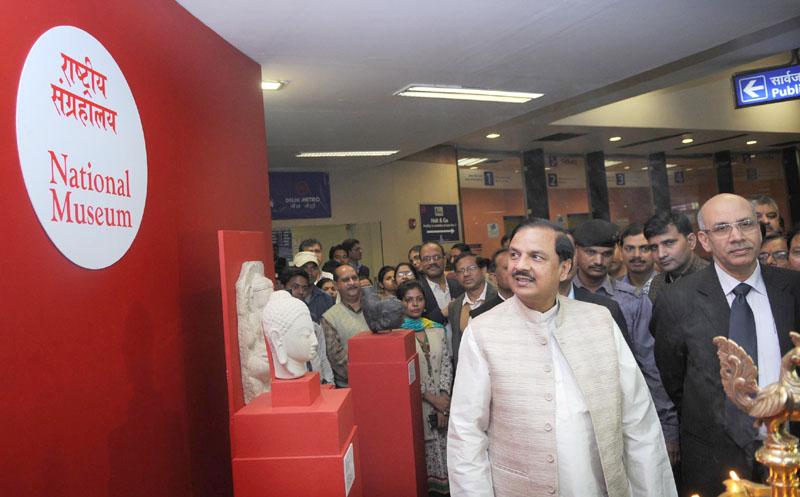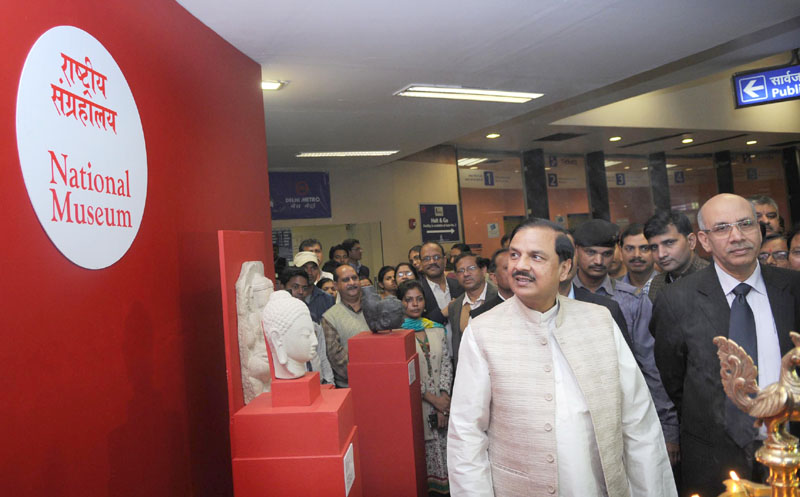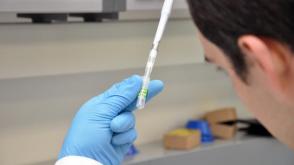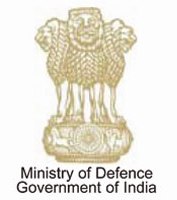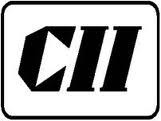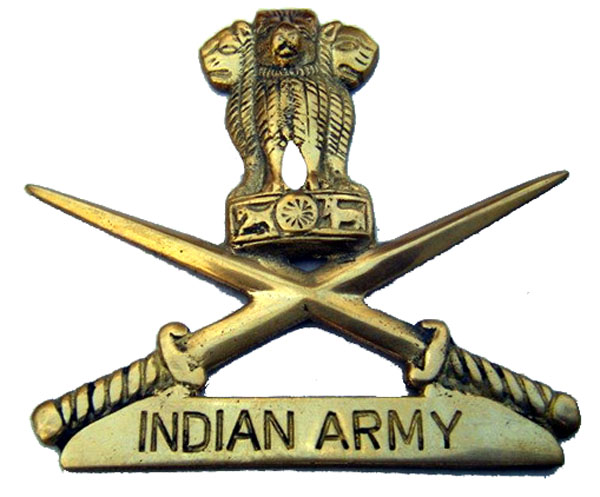Digital commerce market in India is likely to touch $128 billion in 2017 from the current level of $42 billion in 2015 due to increase in mobile and internet penetration, m-commerce sales, payment options, exciting discounts, according to the joint study brought out by ASSOCHAM and Deloitte.
With an increasing mobile and internet penetration, m-commerce sales, advanced shipping and payment options, exciting discounts, and the push into new international markets by e-businesses are the major drivers of this unprecedented growth.
The digital commerce market in India has grown steadily from $4.4 billion in 2010 to $13.6 billion in 2014, according to a study on “Future of e-Commerce: Uncovering Innovation”, jointly conducted by The Associated chamber of commerce and Industry of India (ASSOCHAM) and Deloitte.
The M&A deals (Softbank’s $627 million deal with Snapdeal, Flipkart acquired Myntra for $370 million, Ola Cabs acquired TaxiForSure for $200 million) and sky-rocket valuation of these e-commerce giants rising in last one year shows that the sector is heating up. The question would be whether these valuations are sustainable despite showing no signs of profitability. The global players like Amazon and Alibaba have deep pockets to rely on their parent companies for continuous funding support. The homegrown players would definitely need different metrics to preserve the investor confidence build in the sector.
The big retailers are increasingly focusing on their digital strategies in order to gain the obvious benefits of online platforms – wider reach, always on, personalization to name a few. The e-commerce companies are concentrating their efforts on increasing the penetration of their mobile apps for higher growth. Big players in this space claim to have more than 50% of their revenue coming from mobile apps.
While releasing the paper Mr. D S Rawat, Secretary General said, “the supply chain and logistics in e-commerce business are highly complex to manage in a vast country like India where infrastructure is not well-developed to reach every remote and rural area. The taxation policies for the e-businesses are not well-defined depending on different business models and transaction types. The complexity has further amplified with transactions happening across borders for online selling of goods and services. Moreover, e-businesses do not take sufficient steps to deploy a security solution, which is hindering the consumer rom transacting online”.
Newer technologies that could significantly bring a paradigm shift in the online businesses are analytics, autonomous vehicles, social commerce, and 3D printing. Companies have started to invest in data analytics to gain real-time insights into customer buying behavior and thus offer personalized user experience. The e-commerce companies are building communities on social media networks to better understand customer needs and to drive effective marketing strategies, noted study.
The future of e-commerce is bright and growth will come from mobile platforms, personalization, social media analytics, omni-channel service, and sharing economy business models. The e-commerce industry is an exciting place with the interplay of social, mobility, analytics, cloud (SMAC), digital, 3D and, virtualization. The current high valuations, in spite of losses, perhaps, are indicative of the future potential.
Increasing internet and mobile penetration, growing acceptability of online payments and favorable demographics has provided the e-commerce sector in India the unique opportunity to fundamentally alter the way companies connect with their customers.
Online travel, one of the key drivers of India’s e-commerce market, accounts for nearly 71% of e-commerce business in India. Though the online retail market in India, currently at $1.6 billion, is a miniscule fraction of India’s overall $500 billion retail industry; retail e-commerce has recorded a three-fold growth since 2011, predominantly driven by million dollar investments by domestic and foreign investors.
On the other hand, mobile commerce (m-commerce) is growing rapidly as a stable and secure supplement to the e-commerce industry. Shopping online through smart phones is proving to be a game changer, and industry leaders believe that m-commerce could contribute up to 70% of their total revenues.
The Government’s ambitious ‘Digital India’ project that aims to offer a one-stop shop for Government services will further bolster the sector by introducing internet and broadband to remote corners of the country and increase trade. This initiative through a targeted investment of nearly $17 billion will transform India into a connected economy and also attract investment in electronics manufacturing and create millions of jobs, said Mr. Rawat.
It is therefore important to overcome challenges in Financing, Infrastructure, Logistics and focus on building Customer Loyalty to usher in the next wave of sustainable growth in e-commerce. Dedicated e-commerce laws are required to address issues in the sector’s legal and regulatory framework and Banks must play a leading role as ‘Facilitators’ by offering cost effective cash management solutions, secure payment gateways and other relevant banking services, highlighted the study.
There are about 930 million wireless subscribers in India. The wireless teledensity in urban areas is in excess of 140 while there is still huge potential in rural areas with teledensity of 44. A significantly large percentage of this subscriber base in India will be using mobile devices to access internet, estimated at 235 million users as of September 2014 and growing rapidly. This rapid spread of mobile internet, especially of smart phones could unlock a significant market beyond the Tier 1 cities for the online retail segment. Undoubtedly, mobile retailing is expected to continue to grow aggressively. In the next three years, global e-commerce sales made via mobile devices are expected to top $638 billion.
In India, online shoppers are expected to increase from 20 million in 2013 to 40 million in 2016. An additional 200 million Indians will access the internet in the next three years, with majority of them coming online through smartphones.
Around 75% of Indian internet users are in the age group of 15 to 34 years. This category shops more than the remaining population. Peer pressure, rising aspirations with career growth, and fashion trends encourage this segment to shop more than any other category and India. This category, therefore, clearly enjoys a demographic dividend that favours the growth of the India e-commerce sector.
IndianBureaucracy.com wishes the very best.


